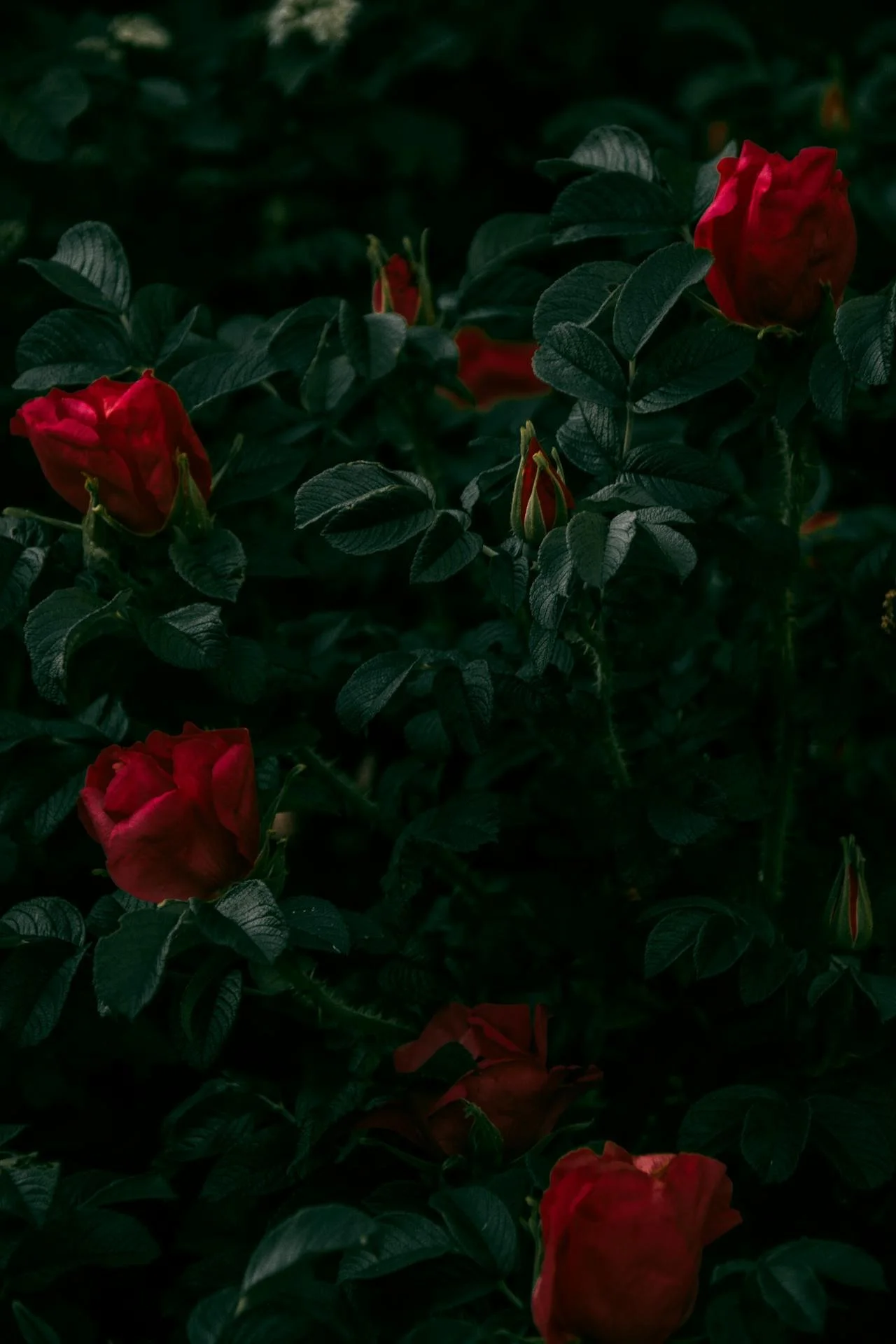Botanical Guide to Popular Flowers in Arrangements
Focal flowers are essential in floral arrangements, serving as the main attraction that draws the eye. Below is a Bloom & Song guide to some of the most popular focal flowers, including their characteristics, meanings, and ideal uses in arrangements.
1. Roses (Rosa spp.)
Characteristics: Available in various colours and sizes, roses have a classic, elegant appearance with a pleasing fragrance.
Meanings: Love, passion, and appreciation.
Uses: Ideal for weddings, anniversaries, and romantic occasions. Often used in bouquets, centrepieces, and elaborate arrangements.
2. Peonies (Paeonia spp.)
Characteristics: Known for their lush, full blooms and soft petals, peonies come in shades of pink, white, and red.
Meanings: Romance, prosperity, and good fortune.
Uses: Popular for weddings and spring events; they bring a sense of abundance to bridal bouquets and decorative arrangements.
3. Lilies (Lilium spp.)
Characteristics: Large, trumpet-shaped flowers with a strong fragrance, lilies are available in many varieties and colours, including white, orange, and pink.
Meanings: Purity and refined beauty.
Uses: Common in formal arrangements, funerals, and memorials, as well as celebratory events.
4. Sunflowers (Helianthus annuus)
Characteristics: Bright yellow petals with a large central disc, sunflowers are cheerful and bold.
Meanings: Adoration, loyalty, and longevity.
Uses: Excellent for casual arrangements and summer gatherings, bringing warmth and positivity.
5. Orchids (Orchidaceae)
Characteristics: Exotic and diverse, orchids have a unique structure and are available in many colours and patterns.
Meanings: Beauty, strength, and luxury.
Uses: Often used in contemporary arrangements, they are perfect for upscale events and can stand alone or complement other blooms.
6. Gerbera Daisies (Gerbera jamesonii)
Characteristics: Known for their large, vibrant blooms, gerberas come in a variety of bright shades.
Meanings: Cheerfulness and innocence.
Uses: Suitable for informal arrangements, celebrations, and gifting, adding a playful touch to any bouquet.
7. Tulips (Tulipa spp.)
Characteristics: Elegant, cup-shaped flowers that bloom in springtime, available in almost every colour.
Meanings: Perfect love and new beginnings.
Uses: Great for minimalist arrangements and springtime celebrations, they convey a fresh and modern aesthetic.
8. Hydrangeas (Hydrangea spp.)
Characteristics: Known for their rounded, full heads composed of numerous small flowers, hydrangeas can be found in shades of blue, pink, and white.
Meanings: Gratitude and understanding.
Uses: Ideal for lush arrangements; they provide volume and texture, perfect for both weddings and large gatherings.
9. Calla Lilies (Zantedeschia spp.)
Characteristics: Sleek and sculptural, with a distinctive funnel shape, calla lilies are available in white, yellow, purple, and many other colours.
Meanings: Holiness and faithfulness.
Uses: Often used in modern and elegant arrangements, particularly for weddings and formal events.
10. Carnations (Dianthus caryophyllus)
Characteristics: Available in various colours and sizes, carnations have a frilled petal appearance and a clove-like fragrance.
Meanings: Fascination and love.
Uses: Versatile for centrepieces, bouquets, and everyday floral gifts, they are often used for their longevity and affordability.
These focal flowers play pivotal roles in enhancing the visual appeal of floral arrangements, each bringing its own unique charm and symbolism. Understanding their characteristics and meanings can significantly elevate the impact of floral designs for any occasion.
